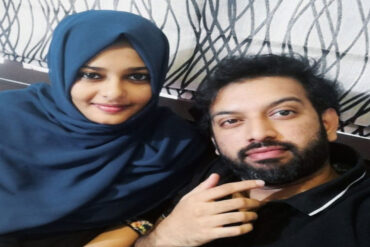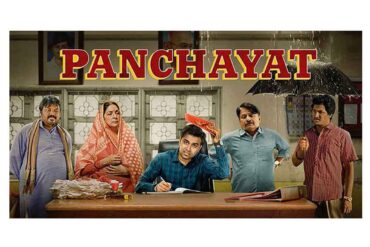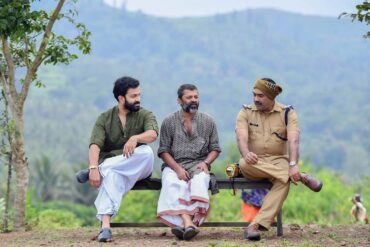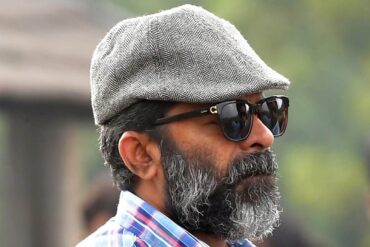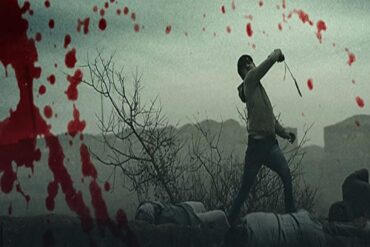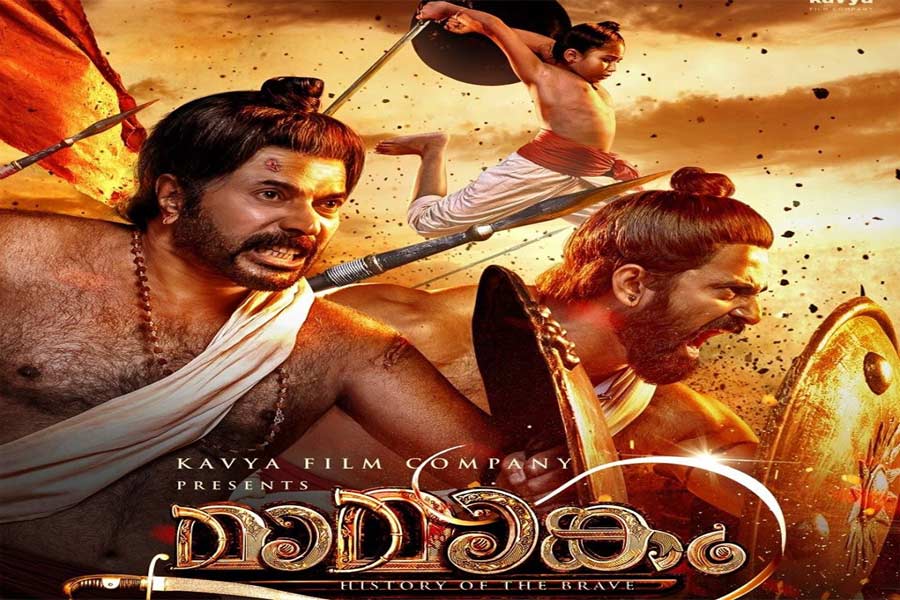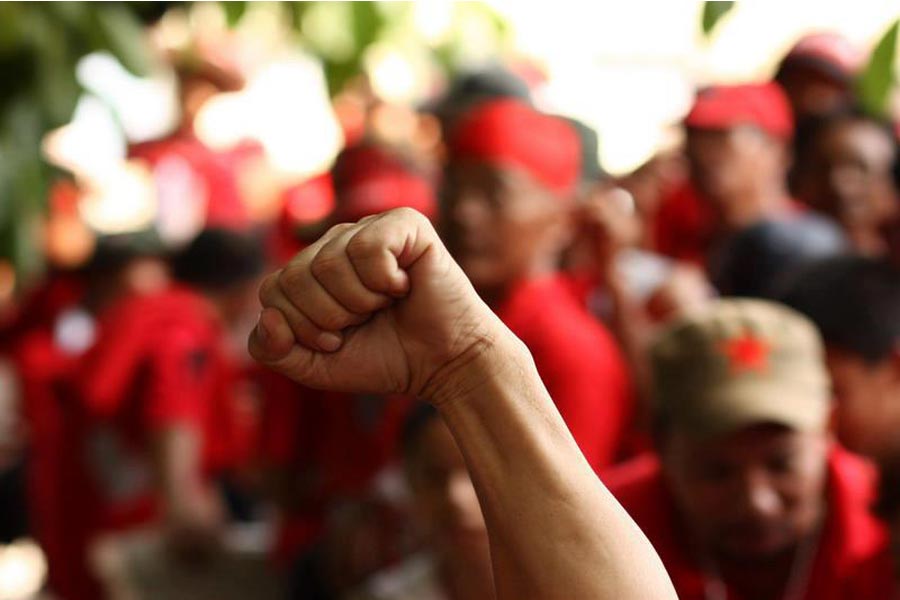Ever since the cover page of Vanitha magazine with Mammooty, in an effeminate get-up, was revealed, there was an ominous feeling about Mamangam, Mammootty’s soon-to-be-released magnum opus. Would Mammootty pull it off?
By the time this ambitious film hit the interval, viewers were treated to a hitherto unseen avatar of Mammootty, and the response among the audience was that of total silence. They weren’t mesmerised by the talented actor’s performance but were possibly cringing at the scenes that were playing out on screen. The sadder fact is that this character bodes no relevance at all to the film in any way. What could have been a proud entry in the annals Malayalam cinema turned out to be dull and will be remembered for Mammooty portraying his most cringe-worthy character ever.
The history of Mamangam is quite well known. The blood feud that arose between the Zamorins of Kozhikode and the ruler of Valluvanad over the proprietorship of this lucrative trade fair went on for over three centuries. Legend has it that a pre-teen warrior was the first to get close enough to the Zamorin to hurt him. Though the young warrior was killed, it also put an end to the bloody game of thrones. There is everything in this legend to make for a magnum opus—courage, martial arts, politics, deception, strategy, emotions, pride and all that shebang. Forget creating a masterpiece action-drama, the makers simply couldn’t put together a decent run-of-the-mill period film.
Mamangam opens on an intricately-crafted set (kudos to the production team), where Chandroth Veliya Panicker (Mammooty), challenges the authority of the then Zamorin. Along with a few valorous men, Panicker almost decimates the huge army of the Zamorin. Though all of his compatriots get killed in the battle, Panicker manages to get to the podium where the king was seated. But he was in for a surprise. Since he didn’t die in the battle field according to custom, he was termed a coward and a traitor.
24 years later, Panicker’s nephew Chandroth Panicker (Unni Mukundan) tells his mother that he had a vision from the goddess, and she has ordered him to go to the Mamangam fair. The family is devastated but the village council approves of the decision. To everyone’s surprise, Panicker’s 12-year-old nephew Chandroth Chanthunni (Achuthan) says that he too had a vision like his uncle. Forced to follow the norms and culture, the pre-teen boy also prepares to fight until death for the honour of his family and kingdom.
Meanwhile, Zamorin’s trusted minister (Siddique) is playing Sherlock at a pleasure house in connection with the murder of a foreign merchant. A huge chunk of the film is composed of this segment that drags on until the climax.
The film has gone through production hell. It was originally conceived and scripted by Sajeev Pillai and midway through filming, he was ousted and M Padmakumar was appointed director. Shankar Ramakrishnan was brought on board as the writer. The film suffers from a meandering plot that struggles to get to the climatic fight. It is not clear, though, who wrote the pathetic investigation plot that is shoved in the middle.
The central character in the legend is the warrior boy. The film should have been about him, his struggles, his training, the emotional turmoil of his family and his coming to terms with his impending mortality. The filmmakers were not interested in this at all. The focus was entirely on the might and valour of Vellya Panicker. Thankfully, the climatic fight is all about the boy.
Ramakrishnan’s heavy dialogues did not do any justice to the characters or the film. They served as samples of the writer’s mastery in obscure usages rather than elevate the moment. This is where we bow our heads to M T Vasudevan Nair, whose dialogues in Oru Vadakkan Veeragatha are still fresh in the minds of film-lovers.
Mammooty’s portrayal of Chanthu in Oru Vadakkan Veeragatha, is still the best of the Vadakkanpattu (Northern ballads) film genre. But the megastar’s performance was average at best here. And his act as the effeminate Kuruppachan is unpalatable. There is no justification for a character like Chandroth Vellya Panicker taking on a disguise like this.
Achuthan keeps the same expression throughout and performs the action bits well. Unni keeps flexing his toned muscles on his body than the ones on his face. The stiffness of a body builder shows in the action scenes. The female characters has little to do. Kaniha and Anu Sithara had to play the grieving mother and wife. Prachi Tehlan’s courtesan act is forgettable. Siddique had to play a run-of-the-mill villain with no nuance and the death of his character was unintentionally comical.
Let’s come to the action sequences: This is another area where the film falls short. There is a limit to ‘wire-fu’ or in this case ‘wire-payattu’. Kalarippayattu is a beautiful martial art and the possibilities are infinite but it was not exploited. It seems like action director Sham Kaushal was not the right choice for the film.
Music by M Jayachandran is serviceable. The song Mookkuthi, though unnecessary, is catchy and well shot. The only department that emerges unscathed is production design led by Mohandas. The sets are opulent and mirrored the period.
Mamangam is said to be the costliest film in Malayalam. The money was spent well on the sets. If only time and resources were used to write a good script and in developing better characters, we would have had another Oru Vadakkan Veeragatha. The Mamangam legend deserves better. Hope someone does justice to it one day.

